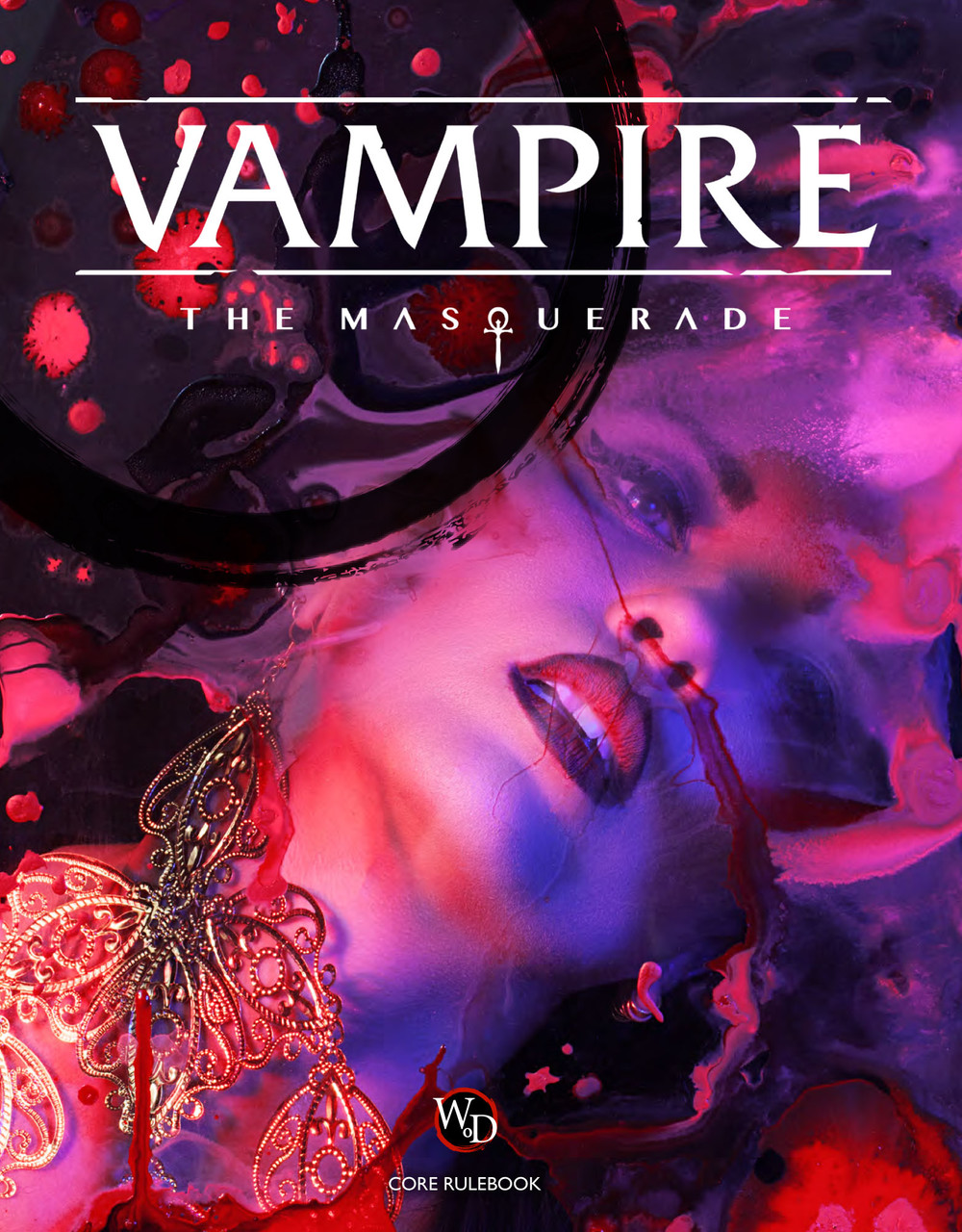Sorry for the delay on this. I had a death in the family, and that took a lot of the steam out of me. I hope to get back to writing more regularly. Ironically, I attended the panel which inspired this with the family member who died. He was on my mind a lot while writing it.
In my series about spell books, it occurred to me I had not addressed books in general. It is easy to assume everyone is on the same page with regards the subject of books. That said, not everyone really looks into the history of the book as an object and a technology.
Okay…picture a book. Close your eyes and picture it for a moment. Now, open your eyes again. You can’t finish reading this with your eyes closed. I know you might be thinking. If I told you to close your eyes, how do you read the part where I told you to open them again. That is a good question, now shut up. I assume you got bored and opened your eyes again.
Now, where was I? Oh right! That book! So your book, the one in your head, if you’re normal it has a cover. It probably has pages all about the same size made of paper. If you’re a nerd, it might be pages made of parchment, but most people have no idea what actual parchment feels or looks like. For the past few hundred years, that image of your books would be largely the same. Oh, there might be some differences. The print might be different. Crisp full-color images are a more recent development. The paper quality might have changed, but the books have become ubiquitous and we all know what they look like.
Now forget all of that.
Books are not what you think they are. Over the course of human history, books have changed a lot. Materials have changed, dramatically. The format changed, and all of that before we start talking about the dramatic change caused by the printing press. I will talk some about the different terms and tech involved, so you can better design your in-game books.
Terms
Words have meaning. Here are some important terms regarding books, specifically in a medieval setting. I would use some terms from Asian, South American, and African settings, but I am more familiar with the Western European ones. That said, while the words are different, a lot of the same things exist in those cultures by a different name.
Codex or Codices
This is the word for what most people think of as a book. Books can take a lot of forms, but the pages of folded paper which are stitched together and covered with a cover are called a Codex. The Stitching doesn’t always get used. Sometimes they are just folded and stacked. Whatever the variations, this is the form modern people think of as books. Though we talk about the modern vision with paper pages, it can be done with other materials like wood or metal.

Credit: Wellcome Library, London. Wellcome Images
Example: The Maya Codices, The Book of Kells, Voynich manuscript
Tablet
This is the stone or clay form of a book, and it is most likely the first form of writing. If it is in stone and erected to mark something significant, it is sometimes called a Stele. Tablets are mostly limited to a single “page.” They were often used for recording permanent records, or recording laws or historical events. They were also used for telling stories. The oldest known stories can be found on a tablet. Tablets were expensive, difficult to make, and difficult to transport. Yes, there are smaller ones, but the smaller ones are also fragile, so they have their own problems with transport.
There was a temporary tablet in antiquity done with a board covered in thick wax. You would make marks on it using a stylus. This is how you might work out some math on, or use in accounting. To erase, just heat up the wax and wipe it clean. Not really a book, but certain book adjacent.
Example: The Epic of Gilgamesh, the Code of Hammurabi, The Rosetta Stone
Scriptorium
This is where large scale copying of texts was performed. In Europe, portions of Africa, and portions of Asia this was usually run by a church of some variety. The scribes would make replicas of the text, and the illuminations, if possible. This was done by humans, however, so the copies were often not exactly the same. Artistic license was taken by some, others made simple mistakes. As a result, many times the same book could say different things, and have different art, depending on who the scribe was.
Example: the Vivarium
Illumination
Illumination technically refers to the adding of gold and silver to the page, but mostly it refers to the addition of illustrations to the text. This can be found in texts from around the world, but in many cases, when someone refers to “Illuminated Manuscripts,” they are referring to the western tradition.

There are beautiful examples out there. The form is an art in and of itself. First the text is written. Then the illustrations and large characters are laid out and drawn in black and white. Then, color and precious metals are painted on to finish. Beauty is not all you can find here. There are jokes hidden in some copies, and possibly some codes. This is a lengthy subject by itself and I am not qualified to do it justice.
An illuminated spell book would be more expensive, but absolutely worth it.
Examples: The Book of Kells, Adysh Gospels
Scroll
A Scroll is one of the more ancient forms of book. Papyrus scrolls were often written to be 10 feet long. Some as much as 40 ft. This is something you can do with papyrus. Papyrus does not handle being folded well, so it makes a bad choice for codices.
Scrolls were more popular in the ancient world, but by the rise of Christianity, it fell out of favor. The Codex is better for hiding, better for flipping through to find a particular passage. Scrolls can still be remarkable and exist for quite a while. When the Library as Alexandria was burned, most of the books burned were in the form of scrolls.
The scroll has had an odd history in D&D, as it is used for storing spells for temporary use. You read your spell off and it disappears. This is fine, but if you want your spell book to be a scroll, there is no reason you couldn’t do that.
Examples: The Egyptian Book of the Dead, The Dead Sea Scrolls
Let’s talk materials. What the book is written on determines a lot of the costs involved. The materials used range all over, but we can start with the classic.
Paper, Papyrus, and Parchment
Paper is a technology that has been around longer than you might suspect, but it was a relatively late change that made it the default medium for the written word. Before the development of other materials, most writing went in clay and stone. Those mediums have the advantage of relative permanence. Stone is super hard to work, and it could take you a long time to chisel words into it. You can paint it on, and the ancients often did, but the paint is more apt to wear off or be taken off by the elements.
Papyrus is the first paper-like substance we are talking about. You talk stalks of a plant, soak them in water till loose, lay them out to dry overlapping each other, and you get papyrus. It is sort of like paper. It is less flexible than paper. Papyrus is stiff and does not fold well. It is more fragile than paper. You can easily break off bits. The ancients did not realize this, but it does not age well either. It does hold ink, and that makes a serious difference. No hard work involved to write on it. It is easily portable. You could write a letter, and send it across the miles without special equipment. That is a huge thing. With that, instead of relying on some servant to memorize your words precisely, you can write the letter knowing it says what you think it should say, assuming you trust your scribe. Scribes are a shifty lot.
Parchment is next. Parchment is special. It is much more durable and flexible. Parchment is also much longer lasting. Parchment does not appear to degrade over time at an appreciable rate. A thousand years later, parchment keeps going. It holds ink well, even better than papyrus. The catch is cost. While not as expensive and time-consuming as stone, it is more expensive than papyrus. Parchment is made of skin. It was usually gotten from sheep or pigs. The skins are worked till they are thin. This also means they are maybe not completely consistent in how they look and feel. It is a marked improvement on the papyrus for many reasons, but the expense is an issue. A thick book in the middle ages could cost as much as a house. Encyclopedia Britannica is right out.
Note: Some people will bring up Vellum here. Vellum is really just expensive parchment. It is not physically different, nor does it convey some extra quality. It is just made from young animals. Aren’t we fancy?
Paper is what we use now, but it evolved over the years. The paper used in China when it was first made is different than the paper we see today. The most common form in the middle ages into the Renaissance was made from discarded rags and clothing. It wasn’t till the 18th century that we got the modern methods involving wood pulping. Once paper started to get made in large amounts, the reduction in cost was a huge reason it rose to prominence. It is slightly less durable than parchment. It decays a little faster, but it is still much better than the other options, and much easier to get than parchment. Once paper became the material of choice, books became cheaper to make. There was a period of time where Parchment became common material for covers instead of the pages. This was sometimes recycled from earlier books so you can see fragments of the previous book on the inside of old covers.
The Other Pages
So, in a fantasy game, you might choose some odd alternatives. Paper is king by the 18th century on, but there are other choices you can make in your setting. Some were used in the real world, but others probably are just fanciful.
Leather
Leather is not too outlandish. Parchment is basically very like leather after all. The way leather is treated makes a little harder to write on than parchment, or fold into pages, but it is not inconceivable that someone might write out important things on the fairly durable substance. If you want to make it super mystical, you can make it dragon skin leather, or, creepier, human skin.
Metal
Metal plates with etched in writing says you want this to be permanent. It also says super expensive, and hard to do, but who am I to argue. If you are in a fantasy world, make it an exotic metal like Mithral or Adamantine.
Wood
Wood has actually been used as a medium for preserving info for a long time. It has a lot of the problems of working stone, but it is cheaper to acquire and transport. A wooden panel with a spell etched into it makes for a nice visual. Also, fire is a cheap and plentiful way to destroy said spell.
Cloth
The Bayeux Tapestry is basically a long role of cloth with a history illustrated on it. The process took a lot of work, and wasn’t exactly cheap, but it is impressive. There is no reason you couldn’t do the same with a glorious spell book woven over the years.
The Difference a Page Makes
There is a disconnect for those of in the modern or postmodern world concerning books. We are so used to them being omni-present. I grew up with libraries and encyclopedias, so did my parents and their parents. We often do not play in settings based on the modern world. If you are, this post not be much use to you. If you are playing in a fantasy world, based largely on our own history, as many are, then books become odd. That is not actually just a western culture thing either. The tech varies from place to place, but in 9th-century China, 11th-century Caliphates, and African kingdoms of the 5th-century all have a tough time making books cheap and easy. A peasant is not likely to be able to afford a book, whatever the type, till well after the invention of the printing press.
The Printing Press changed everything, eventually. Cheap paper plus a relatively cheap way to reproduce printed word means books stopped being a luxury item. It opened knowledge to everyone. Public libraries became common. The book of common prayer enters the hands of all the faithful. Superstition and folklore begin to supplanted by scholarship. There are other changes going on around that time, but the common distribution of books is definitely a major factor in changing our world, and the lot of the common person.
What does the printing press do to the Spell Book? Honestly, I don’t know. I suspect there is some magic lost there. When magic can be quantified, mass produced, and easily distributed, what does that do to the world of magic. I am not sure, but it transforms the relationship with magic. It is no small thing. Maybe there is a game in that, but that is a story for another time.
Where did all of this come from
Well, I got the inspiration for this from attending a panel at Worldcon in 2016, moderated by Ada Palmer. I got to handle some really old books, parchment, and some recently made papyrus. It was really neat. I found my old art history textbooks and read those, and supplemented with some online reading. Local to many people, you can find a course on making paper. I suggest you try it out. If nothing else, it helps you gain some context for the lives of your fantasy wizards and their libraries.






